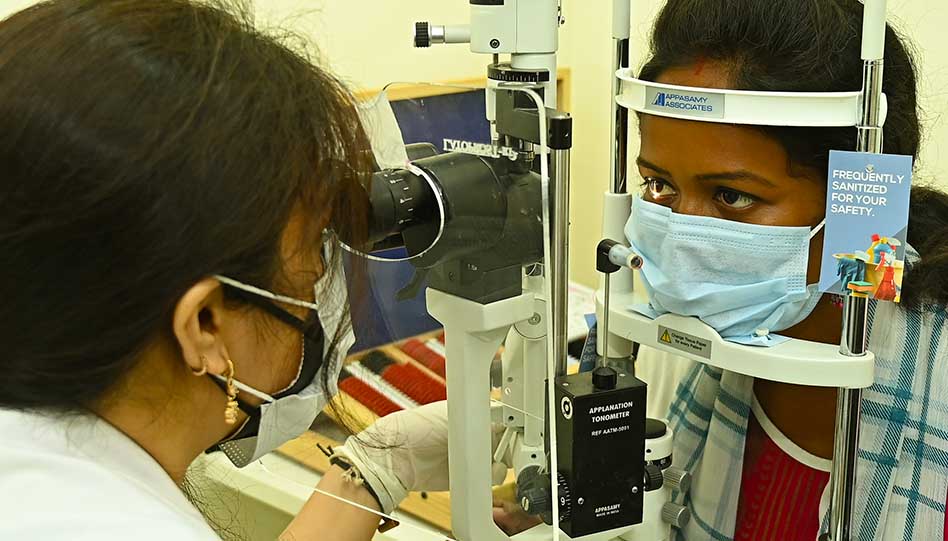The red colour that you see may be black for many. Many of them are among us!
For many, colour blindness goes unnoticed until their teen years when their endeavours come crashing down because of their ineligibility to serve in certain job profiles. In short, colour blindness may not be a serious condition, but it is a reason for heartbreak for many. For others, their symptoms of colour blindness are a nuisance as colour blindness comes with its own set of challenges.
Have you met anyone with colour blindness? Like a kid who is having a difficult time trying to figure out the colours in his/her colourful textbook? Or an adult who is having trouble figuring out the colour of medicines that look identical but have different colours? Colour blindness can be dangerous if the person is struggling to identify safety warnings or signs on road! These are some of the many struggles that people with colour blindness go through. Getting tested for colour blindness is the best step that an individual can do as it helps to frame life and set clear expectations for life and career.
Colour blindness is not always benign! It can be a symptom of underlying diseases!
Are you noticing some change in your vision? If you think vivid colours are slowly fading and you are unable to differentiate between reds, oranges, yellows, browns and greens then maybe you are slowly acquiring colour deficiency syndrome. It can also be the same for colours like blue and yellow! But what causes acquired colour blindness?
Health conditions like diabetes, AMD, and glaucoma can affect the rod cells in the retina. Retinal diseases are progressive when left untreated which means that any change in colour perception should be taken seriously.
Nervous problems like Multiple Sclerosis can also lead to colour blindness! MS affects Occipital Lobe which is responsible for vision and colour determination. Medicines like digoxin, ethambutol, chloroquine, hydroxychloroquine, phenytoin and sildenafil can result in colour blindness. This is the side effect of the medication. Prolonged exposure to toxic chemicals such as carbon disulphide and styrene has been shown to cause colour blindness in humans.
Tests for colour vision deficiency!
If you think that your child has colour blindness then, ask your optician to test your child for the Ishihara test or colour arrangement test. There are many online websites available for the detection of colour blindness, but it is best to visit professionals for their expertise. For now, let’s know about the tests and how they are used for colour blindness detection:
Ishihara Test: In this test, the recipient is asked to identify numbers contained in colourful images made of dots.
Colour arrangement: In this test, the recipient is asked to arrange coloured objects in order of their different shades. Failing to organise the objects may imply that the recipient is colour deficient.
Kids don’t learn to differentiate colours until they are 5-6 years old on average. Many take more time. Now being able to name colours because of a lack of knowledge about it shouldn’t imply that they are colour-blind. The best age to get a colour test done is during the early teens when most kids learn to label the colours properly. At present, we have no permanent cure for colour blindness but the scientific community is rapidly progressing toward a breakthrough in this field! Keep the hopes high; you might see all the vivid colours soon.


